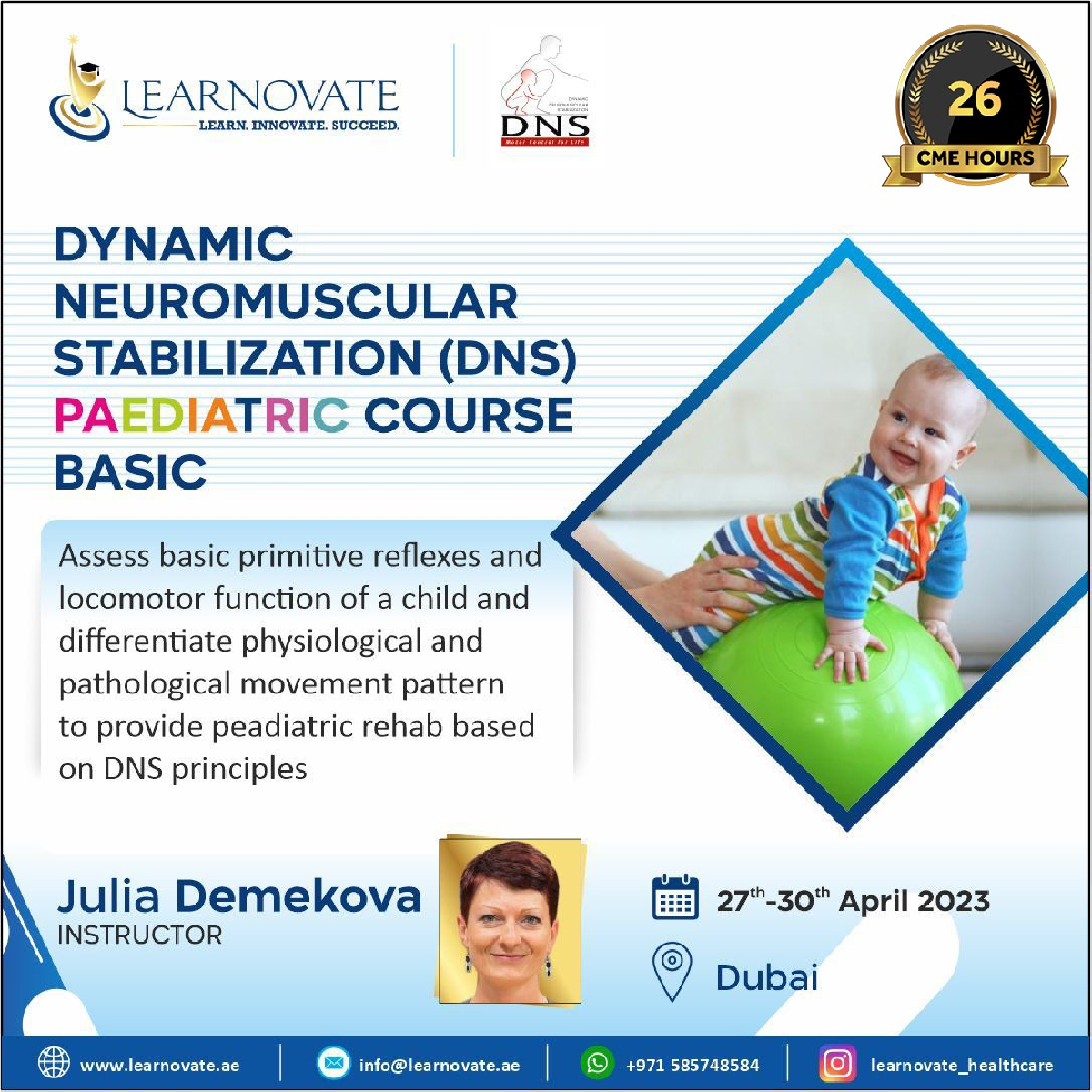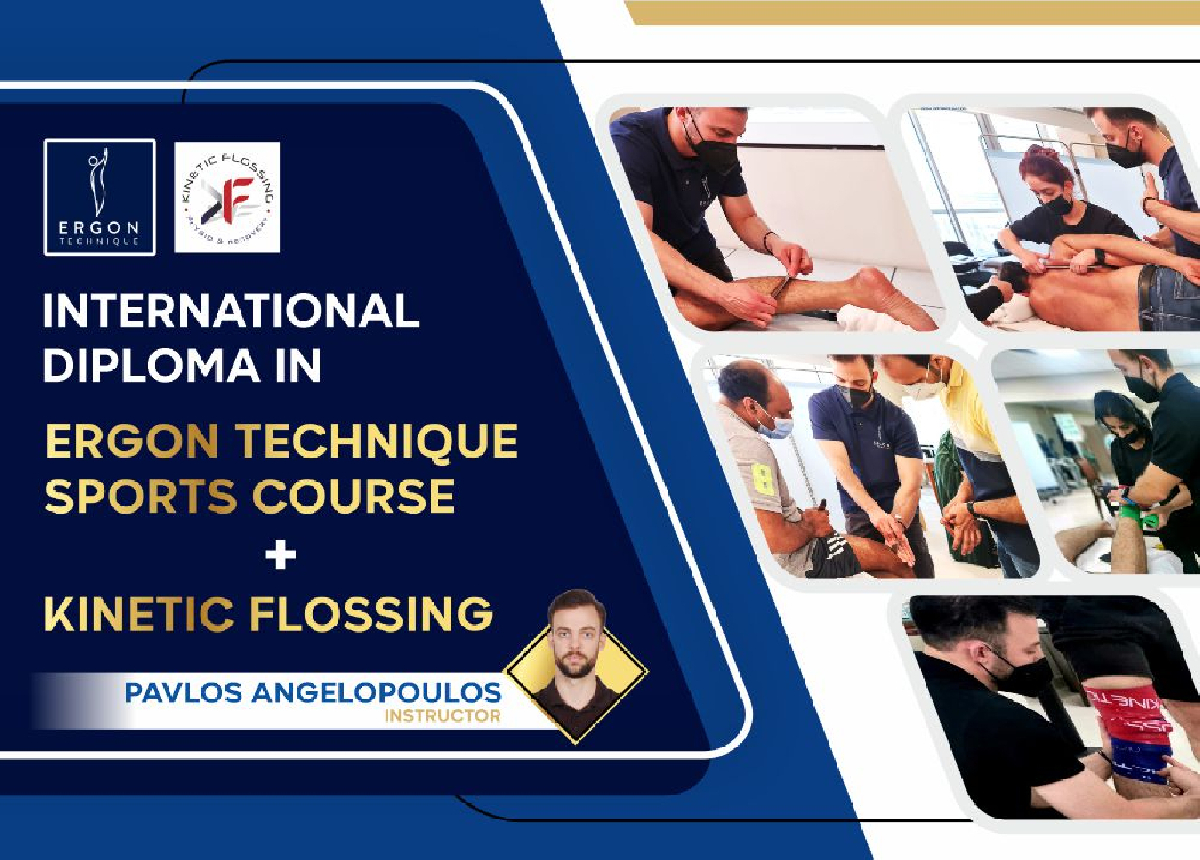DNS, or Dynamic Neuromuscular Stabilization, is a method of physical therapy that uses developmental movement patterns to improve neuromuscular control and stability, mobility and range of motion, reduce the risk of injury, enhance sports performance, and promote overall physical development and growth. In this blog post, I'll explain the importance of DNS in pediatric physical therapy, the benefits it offers, the techniques used, common pediatric conditions that can benefit from DNS, and how it's used in rehabilitation programs.
II. Benefits of DNS in Pediatric Physical Therapy
The benefits of DNS in pediatric physical therapy are vast and varied. DNS is a holistic approach that considers the whole body and its interrelated systems. Here are some of the main benefits:
Improved neuromuscular control and stability: DNS focuses on developing the core stabilizing muscles that support movement, such as the diaphragm, pelvic floor, and deep spinal muscles. These muscles play a crucial role in neuromuscular control and stability, helping to improve posture, balance, and coordination.
Increased mobility and range of motion: DNS uses developmental movement patterns to help restore proper movement patterns and range of motion, improving overall mobility and reducing stiffness.
Reduced risk of injury: By improving neuromuscular control and stability and increasing mobility and range of motion, DNS helps reduce the risk of injury during physical activity.
Enhanced sports performance: DNS can help young athletes improve their sports performance by developing proper movement patterns and improving neuromuscular control and stability.
Improved overall physical development and growth: DNS helps promote healthy physical development and growth by improving posture, movement patterns, and neuromuscular control.
III. DNS Techniques Used in Pediatric Physical Therapy
DNS techniques for pediatric physical therapy include:
Crawling patterns and rolling exercises: These exercises help to promote proper cross-pattern movement and strengthen the core muscles that support the spine.
Prone and supine stabilization exercises: These exercises focus on stabilizing the trunk and pelvis to improve posture and movement patterns.
Reflex stimulation exercises: These exercises help to activate and stimulate the body's natural reflexes to improve movement patterns.
Breathing and postural exercises: These exercises help improve breathing patterns, which are essential for proper core stabilization and movement.
Specific exercises for different developmental stages: DNS takes into account the developmental stage of each child and tailors exercises accordingly to promote healthy physical development.
IV. DNS and Pediatric Conditions
DNS can be used to treat a range of pediatric conditions, including:
Cerebral palsy
Developmental delays
Scoliosis
Gait abnormalities
Down syndrome
Torticollis
Sports injuries
By incorporating DNS techniques into treatment plans, physical therapists can help young patients achieve better outcomes and improve their quality of life.
V. DNS and Pediatric Rehabilitation
DNS is also an effective tool in pediatric rehabilitation programs. DNS can help address underlying neuromuscular imbalances and weaknesses that can contribute to injury or delayed recovery. By improving neuromuscular control and stability, mobility and range of motion, DNS can speed up the rehabilitation process and help young patients return to their normal activities more quickly.
VI. Conclusion
In conclusion, DNS is an essential tool in pediatric physical therapy. The benefits it provides are significant, and it can be used to treat a range of conditions and improve overall physical development and growth. I encourage parents and caregivers to consider DNS as part of their child's physical therapy program to achieve optimal outcomes.
References:
Kolar, P. (2013). The Dynamic Neuromuscular Stabilization & Sports Rehabilitation Course. International Journal of Sports Physical Therapy





